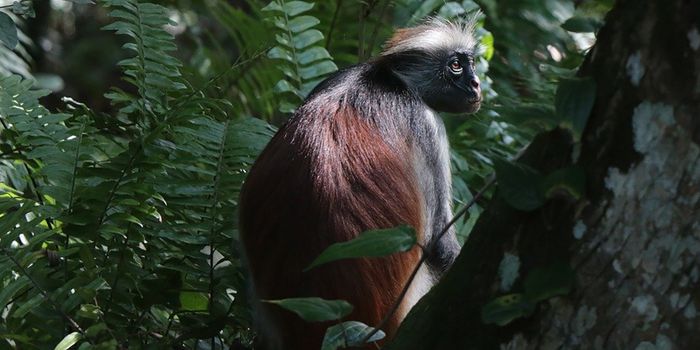In Shandong Province in China, one city called Dongying is redefining what it means to be a forest. Due to its geographic location and confluence of the Yellow River meeting the Bohai Sea, as much as 40% of Dongying's land has a saline level of over 0.5%. This vast area of coastal land with saline soil is not the prime place for trees to thrive. But this changed in 2011 when the Shandong Ecological Afforestation Project was launched with support from the World Bank. This project intended to reforest parts of the city, focusing specifically on the saline soil regions.
In order to achieve their goal in foresting these saline soils, engineers worked together with botanists and local communities, using various methods to decrease the salinity level to below 0.3% (the level at which trees can survive). Working with plant experts, the project bred and introduced roughly 200 salt-tolerant species to the region, including 60 species that are able to grow in areas with higher than 0.3% saline. Along the way, this project proved the ecological and economic benefits of mixed-species forest, which are better able to withstand disease and pests. Over the last six years, from 2011-2016, over 13,800 hectares of saline soil were forested with plants and shrubs from the project. The project also benefited local communities by getting farmers involved in the planting processes. To learn more about Dongying's success, watch the video!








